Heartbreaking Moment as Paralyzed Humpback With a Spine Broken by a Boat Swims 3,000 Miles to Die in Hawaii Waters
“That’s what her mother taught her to do.”
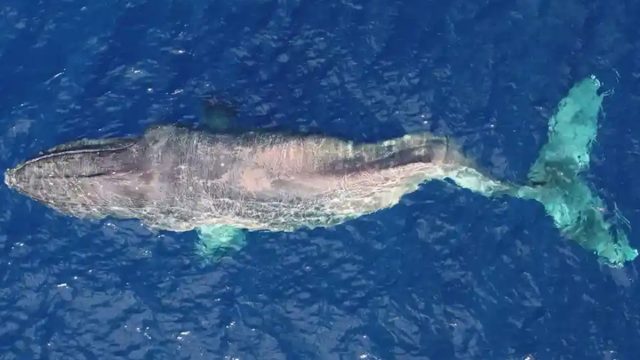
An injured humpback whale swam over 3,000 miles to complete her annual migration from British Columbia to Hawaii, all with a severe back injury. Moon the whale was spotted by researchers swimming with a broken back, meaning she couldn't even use her tail. "Without the use of her tail, she was literally doing the breaststroke to make that migration. It's absolutely amazing," says Janie Wray, CEO and lead researcher for BC Whales. "But also it just breaks your heart." Here's what happened to Moon, and why she swam so far to find the right place to pass away.
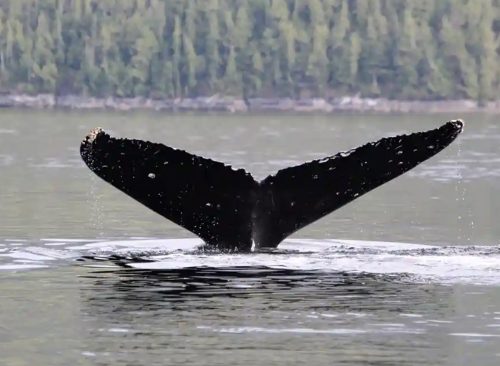
Researchers at Fin Island research station in Gitga'at First Nations territory have kept an eye on Moon every September for the past ten years, when she first appeared on their radar. Two years ago, she appeared with a calf, much to the excitement of the researchers. But this September, drone footage showed something alarming—Moon appeared to have a severe injury to her back, with the entire lower half of her body twisted into an 'S' shape. Keep reading to learn more and see the video.
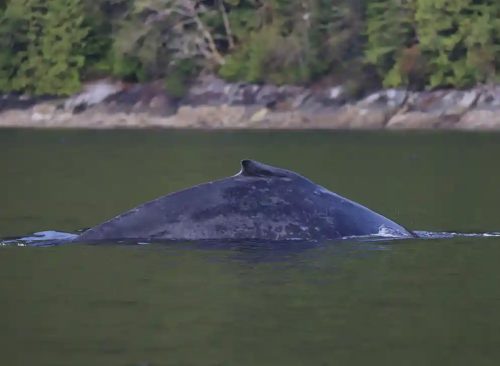
Researchers believe Moon was hit by a boat and were distressed to see the whale with such a terrible injury. "It was one of those 'oh my God' moments when we learned it was Moon. It's not like she has scoliosis or something that just came out of the blue – she was struck by something pretty hard," Wray says. "I've never seen anything like that in my lifetime as a researcher."
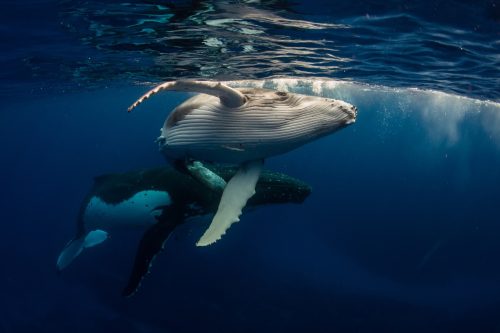
Humpback whales migrate from Alaska to the warmer waters of Mexico and Hawaii every year to breed and give birth. "This migration is part of their culture, their tradition," Wray says. "Moon was probably born in Hawaii. And she just goes back every single year because that's what her mother taught her to do. It's been passed down from mother to calf. That's likely what drove her to travel all that way with her injury."

Moon was spotted in Hawaiian waters, covered in lice, and emaciated from using her body fat to travel so far. Wray believes the best thing to do now is to let nature take its course. "She's suffering and yet she's still alive. We know she's not coming back to see us again. She is going to pass soon and we all feel: the sooner, the better," Wray says.
Euthanizing the whale is considered a bad idea, as the toxic substances required to put Moon down would poison any marine life that ingested her remains. "If she was on land, we could intervene. But because she's in the ocean, and because of her size, there is nothing that we can do. And that just breaks your heart even further into pieces."
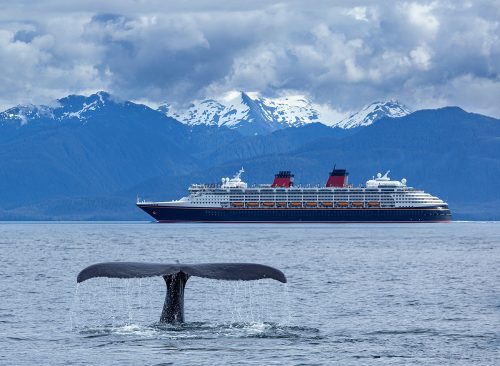
Wray hopes Moon's story will act as a reminder to be cautious when operating boats near whales. "Even if you're really a focused boat driver, you could accidentally hit a humpback whale because they will just come up in front of your boat," Wray says. "The most important thing to do is everybody needs to slow down, especially in areas where we know there are whales. It's easy – just slow down. We have school zones. We need whale zones."
RELATED: The 10 Most "OMG" Science Discoveries of 2022
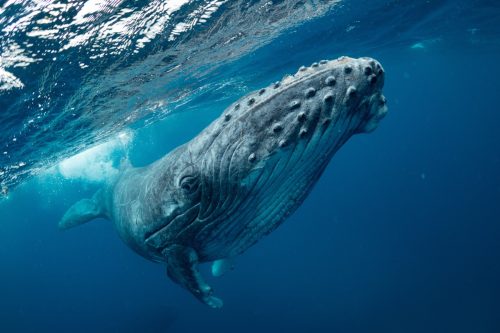
Wray says Moon traveled that huge distance in great pain because the annual migration was ingrained in her. "Something deep within her drove her to just swim across the ocean, using just her pectoral fins. Moon will never know how many people are thinking about her. And how many people I can guarantee you have been crying over her. I can't even find the words to express the amount of honor – and respect – that I have for her."














